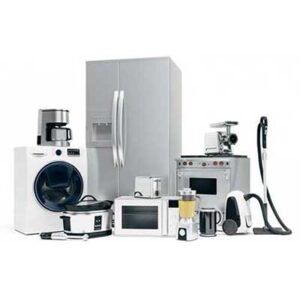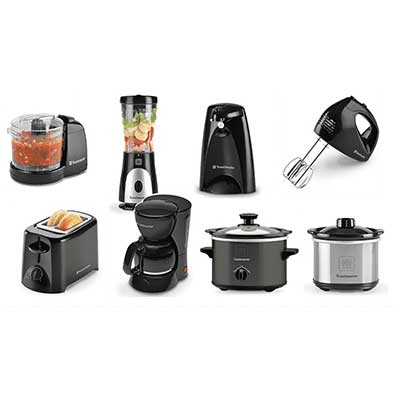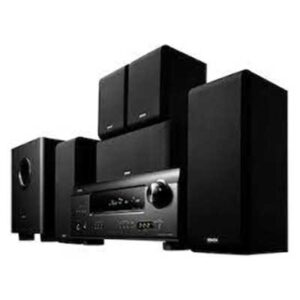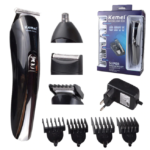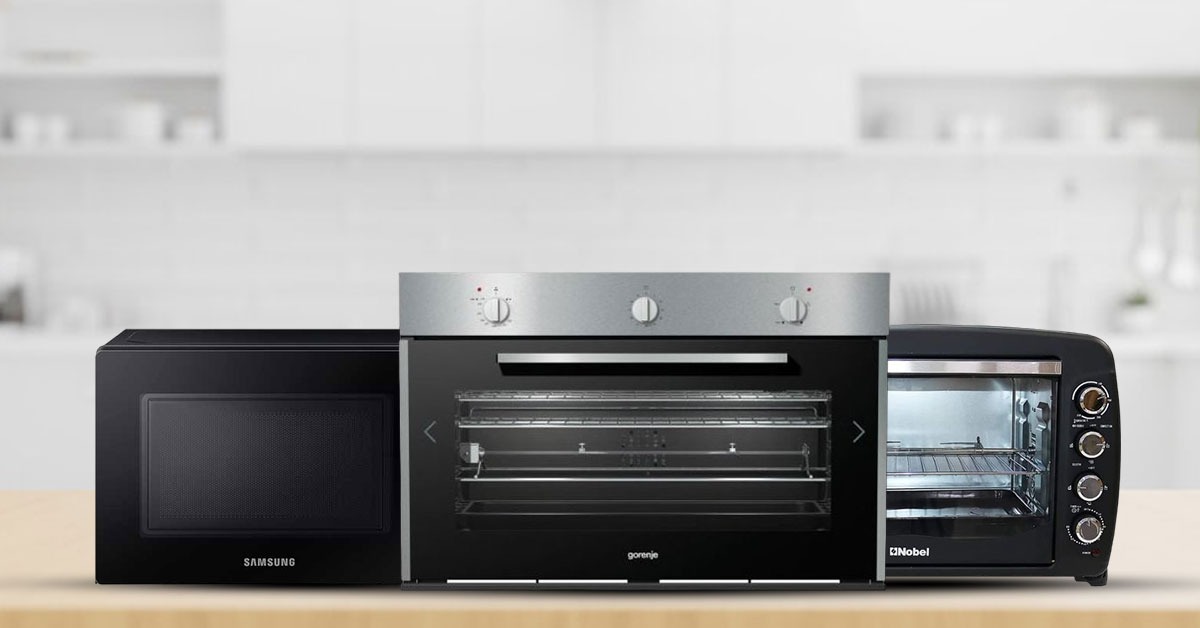No products in the cart.
How Do Ovens Work? A Complete Guide to a Kitchen’s Most Useful Appliance
Amid the pots, pans, and utensils, one essential tool that towers over the others in the world of culinary wizardry is the oven. Ovens are the unsung heroes of the kitchen, used for everything from making delectable cookies to roasting a luscious turkey for Thanksgiving. However, have you ever stopped to consider the workings of this useful kitchen appliance? In what precise way does an Oven perform its culinary magic? Come along as we explore the science underlying the oven’s operation and take you on a journey through its inner workings.
Understanding the Basics: Types of Ovens
Let’s first examine the many kinds of ovens that are on the market before getting into the specifics of how they work. Every type of oven, including convection and microwave models and conventional gas and electric models, functions according to different principles.
Gas Ovens: Natural gas or propane are the fuel sources for Gas ovens. The oven cavity is heated by the gas burner when it is lit, enabling even and precise heating.
Electric Ovens: In contrast, the heat produced by Electric Ovens is derived from electrical resistance. A heating element generates heat when an electric current flows through it; these are usually found at the top or bottom of the oven.
Convection Ovens: The heated air inside the oven cavity is circulated by a fan and exhaust system in convection ovens. Cooking with convection ovens is faster and more consistent due to the continuous airflow, which is why foodies love them.
Microwave Ovens: In contrast to traditional ovens, microwave ovens cook food by producing heat through the excitation of water molecules in the food by microwave radiation. Microwave ovens are not appropriate for every cooking operation, but they provide unmatched speed and convenience when it comes to defrosting and reheating food.
The Science of Heat Transfer
The basic idea of heat transfer is at the core of how ovens work. Ovens use three main methods of heat transfer, whether they are baking cookies or roasting a chicken.
Conduction: When two items come into direct contact with one another, heat is transferred between them directly. This happens in an oven when heat is transferred from the oven walls to the baking pan and then to the food being cooked.
Convection: The movement of a fluid, such as water or air, allows heat to be transferred. The fan in a convection oven moves hot air around the food, distributing the heat evenly and enabling quicker and more consistent cooking.
Radiation: Heat is transported through electromagnetic waves, which results in radiation. In traditional ovens, the food is cooked from the inside out by the radiant heat provided by the Gas burner or heating components penetrating the surface.
Temperature Regulation: Thermostat and Control Systems
In the kitchen, maintaining exact temperature control is essential to getting the best outcomes. Ovens are fitted with advanced thermostats and control systems that precisely adjust the oven’s temperature to do this.
Thermostat: Acting as the oven’s brains, the thermostat continuously checks the temperature inside and makes necessary adjustments to keep it at the appropriate level. The thermostat controls the heating components or gas burner to adjust the heat output based on temperature deviations from the set point.
Systems of Control: With the help of sophisticated control systems like digital displays and programmable settings, modern ovens provide easy customization of cooking conditions. With the ability to set a timer or choose a particular cooking mode, these control systems improve user experience and guarantee dependable outcomes.
Cleaning and Maintenance: Ovens, like any other appliance, need to be cleaned and maintained regularly to ensure maximum longevity and performance. The following advice can help you maintain optimal oven performance.
Regular Cleaning: After every usage, clean out food spills and grease accumulation from the oven’s interior to avoid unpleasant aromas and possible fire threats. To remove tough stains, use a non-abrasive scrub pad and a light oven cleaner.
Self-Cleaning Capability: A self-cleaning feature found in many contemporary ovens burns grease and food residue off with high heat. All you need to do is turn on the self-cleaning cycle, and the oven will do the rest.
Examining Gaskets and Seals: Observe the door gaskets and seals frequently for indications of deterioration. The effectiveness of the oven may be hampered by damaged seals, which could cause heat loss while cooking.
Professional Maintenance: To address any underlying problems and guarantee optimal oven operation, schedule routine inspections, and maintenance by a skilled technician.
Conclusion
To sum up, ovens are the unsung heroes of the kitchen; they toil diligently behind the scenes to transform our recipes into delicious meals. Every type of oven, including convection and Microwave models and conventional gas and electric models, functions according to different heat transmission principles. By comprehending the internal mechanisms of ovens and using appropriate cleaning and upkeep procedures, we can guarantee that this indispensable kitchen equipment persists in providing us with excellent service for an extended period. Thus, the next time you bake some cookies or roast a delicious chicken, stop to admire the science and creativity that went into making your reliable oven. Have fun in the kitchen!

